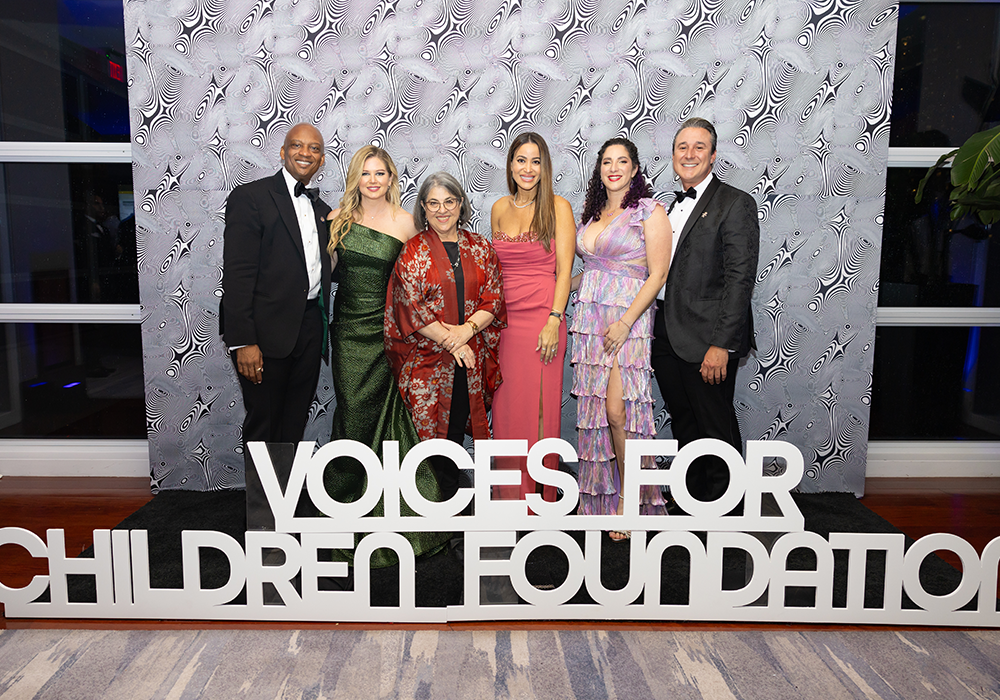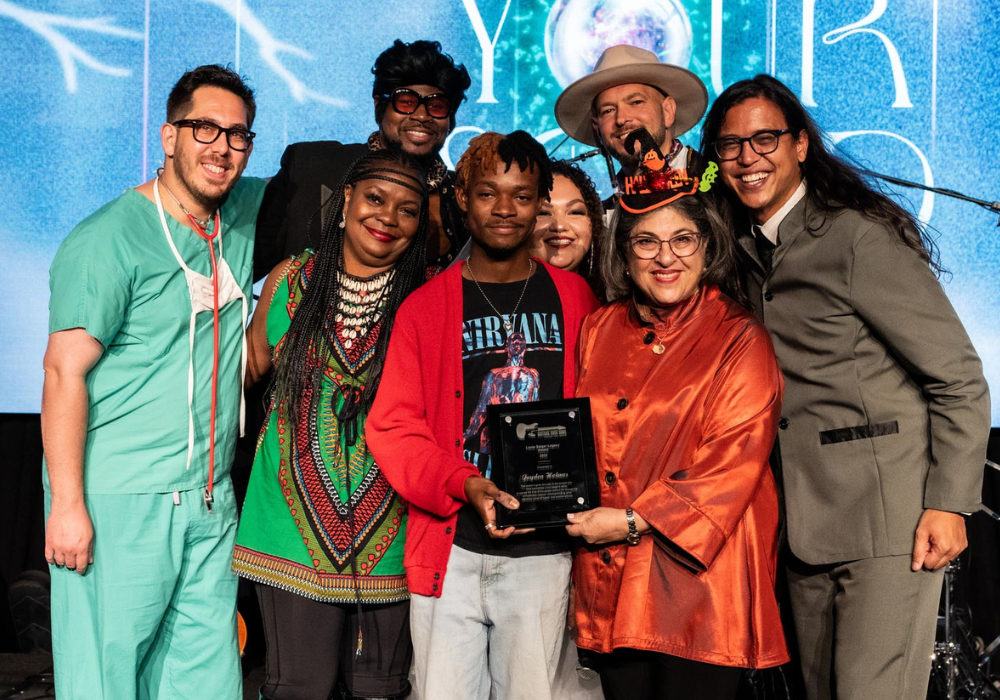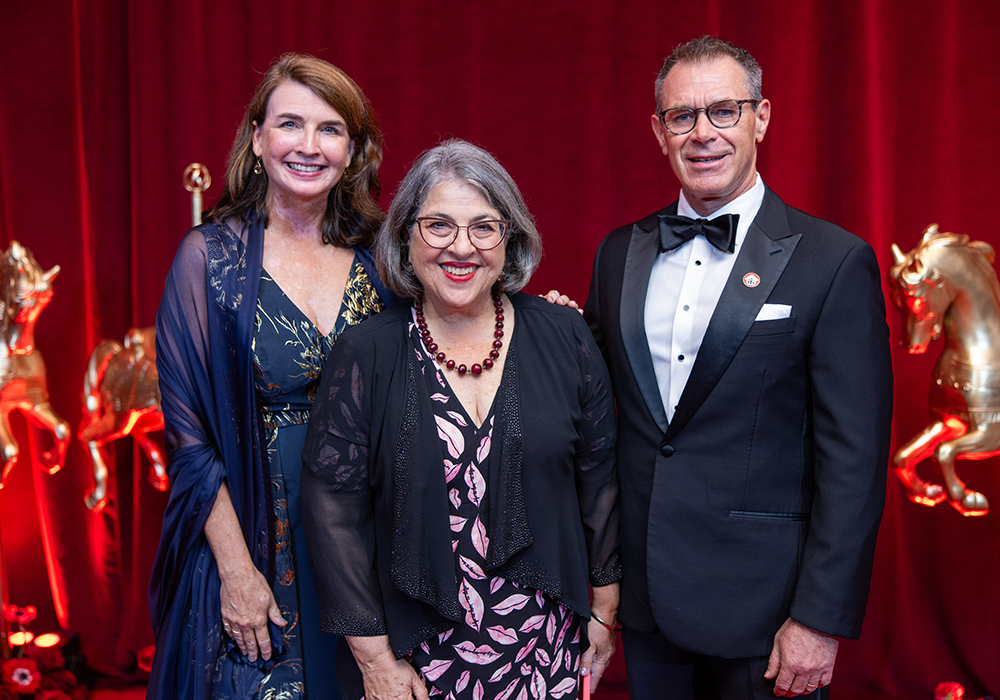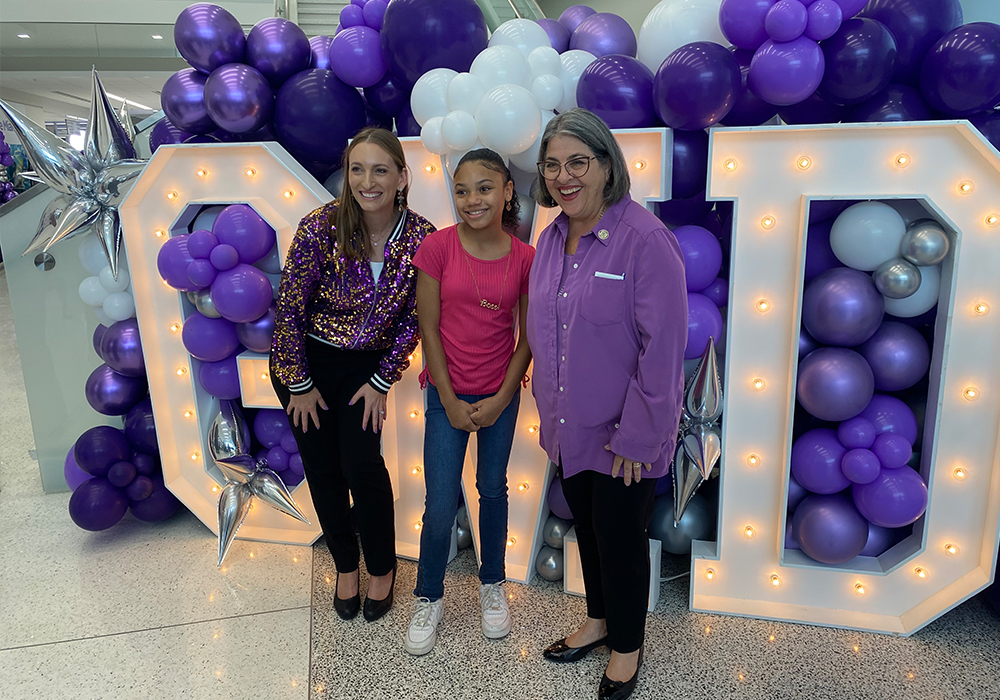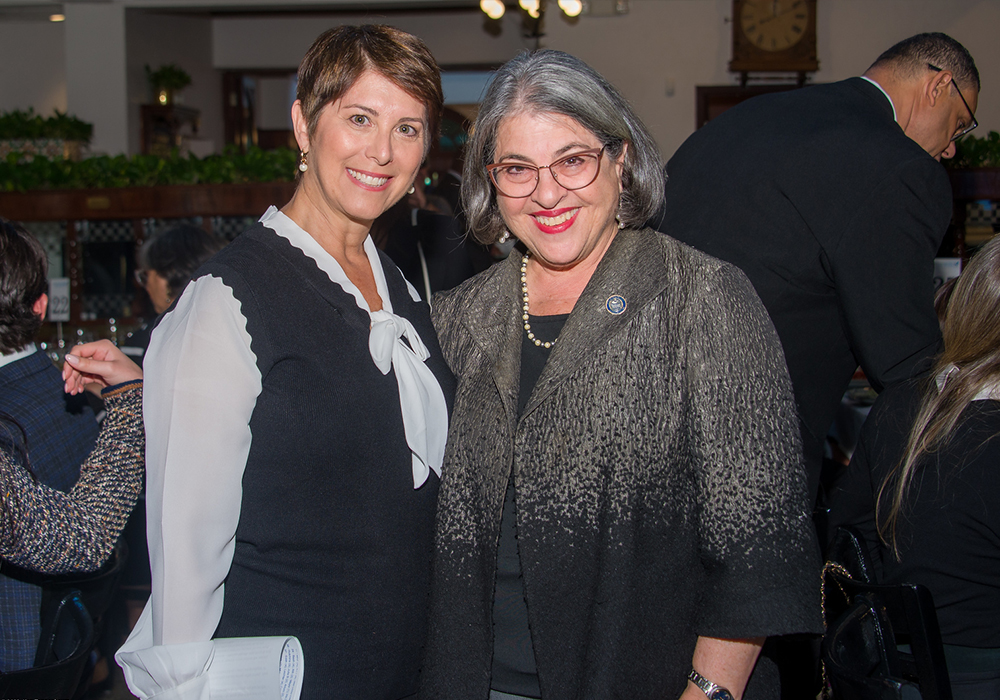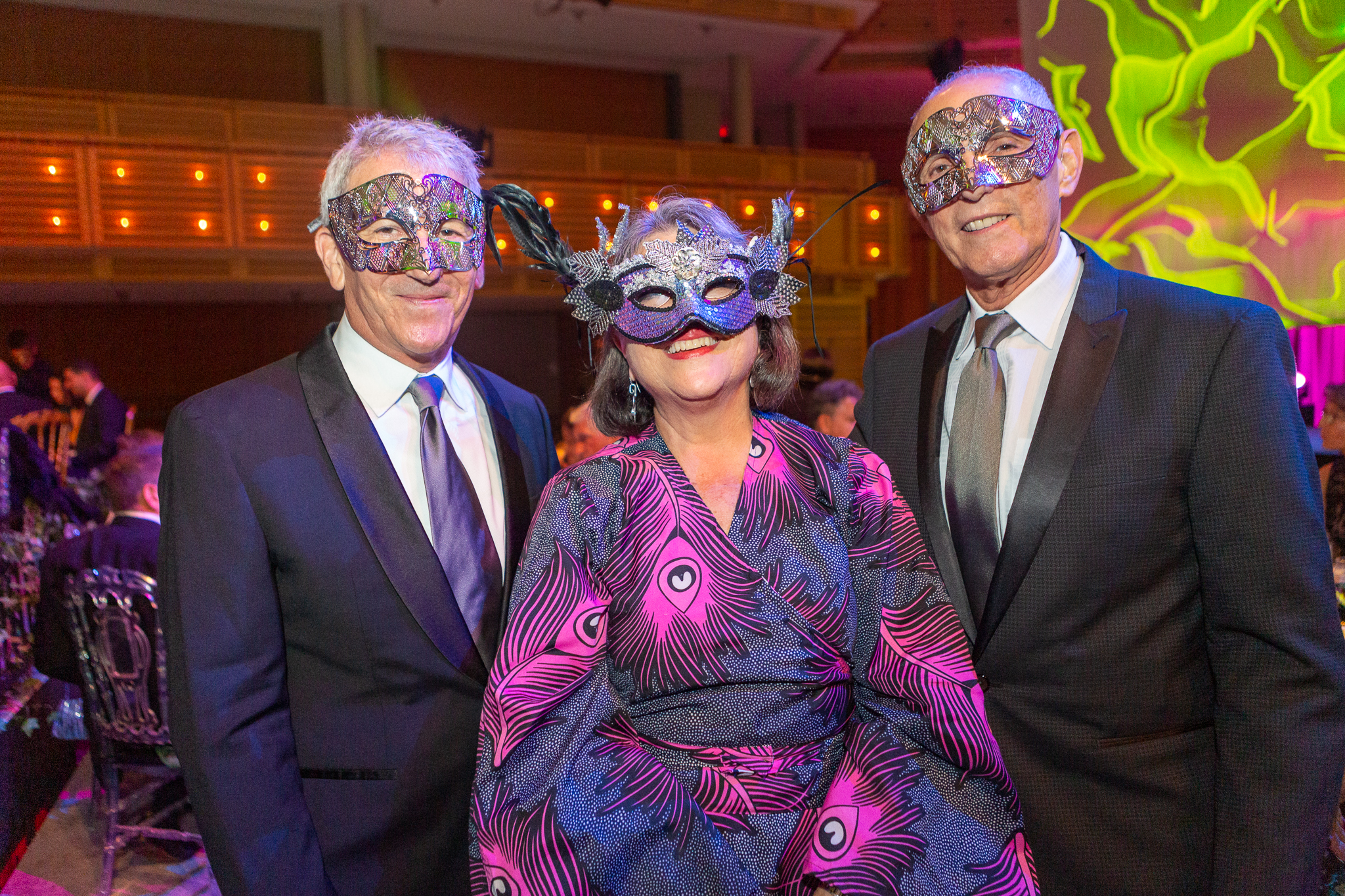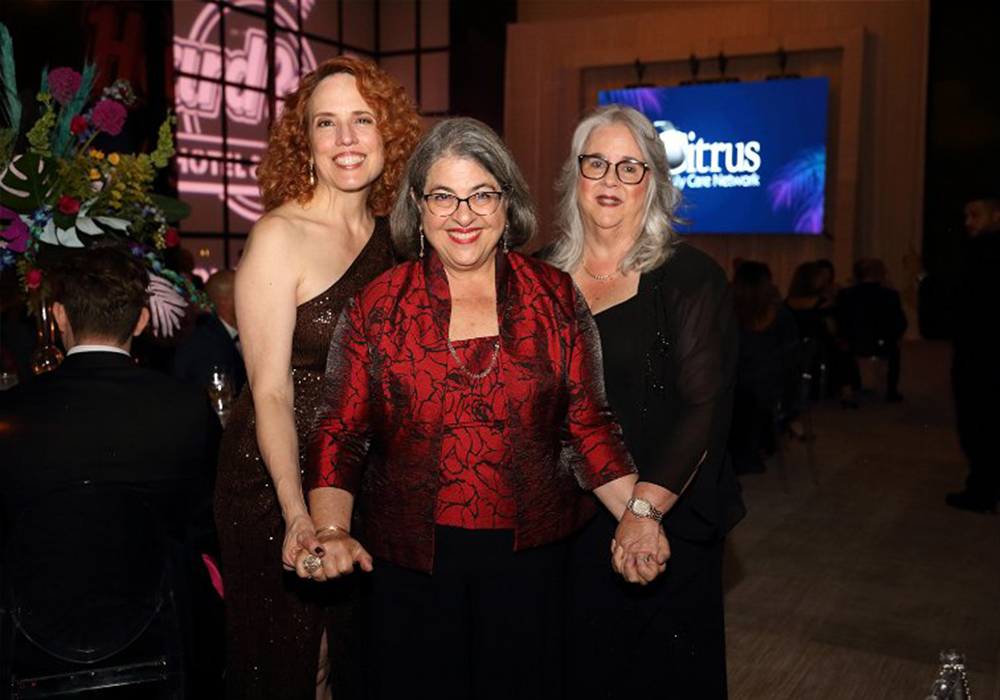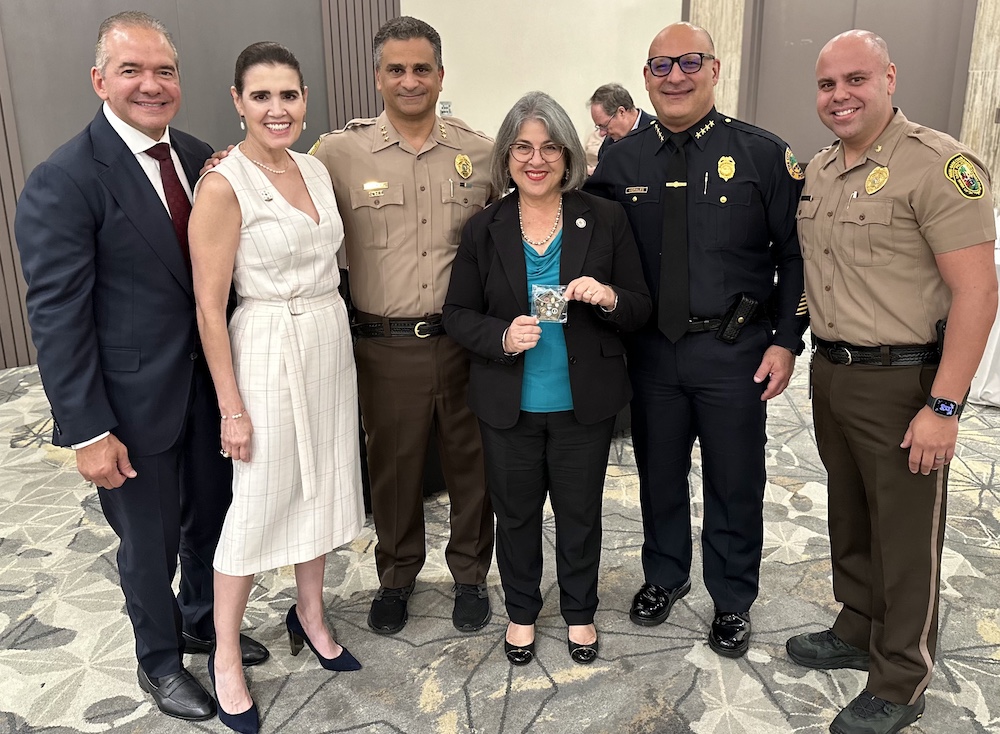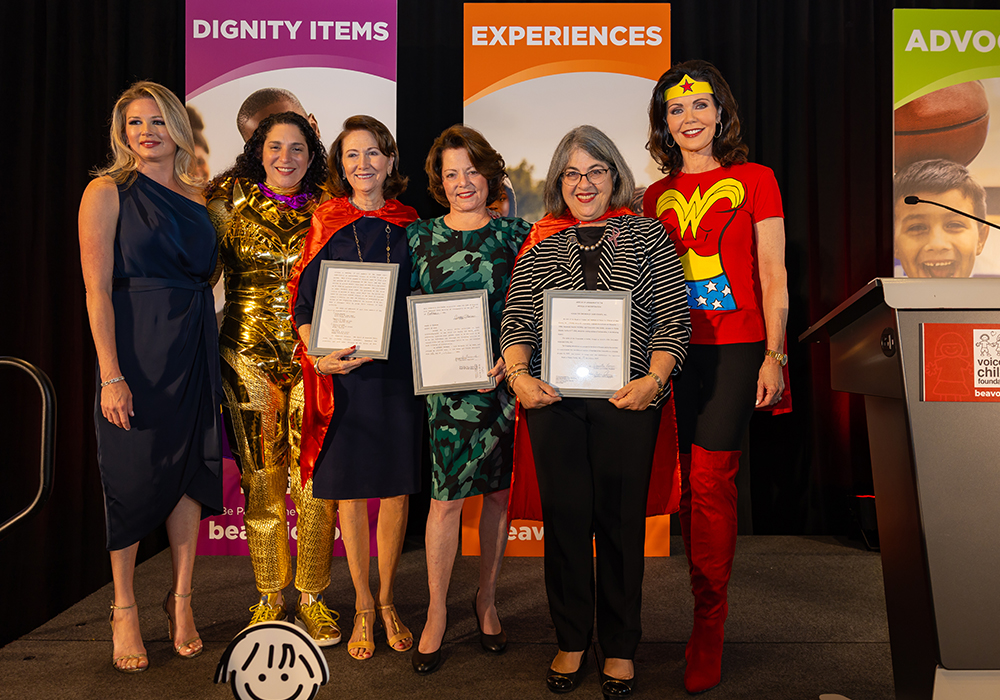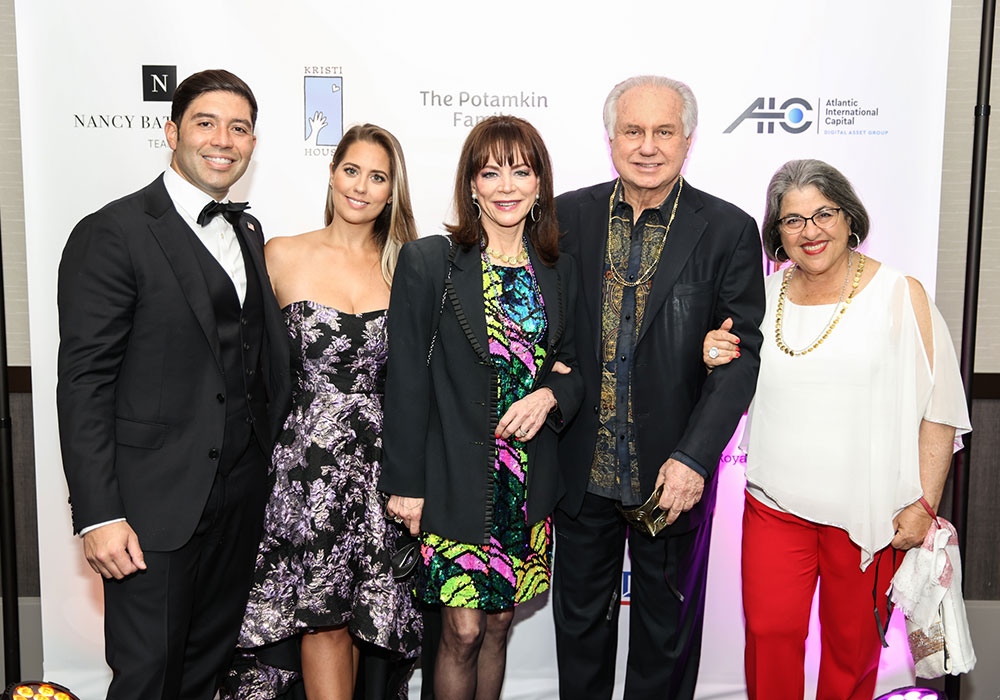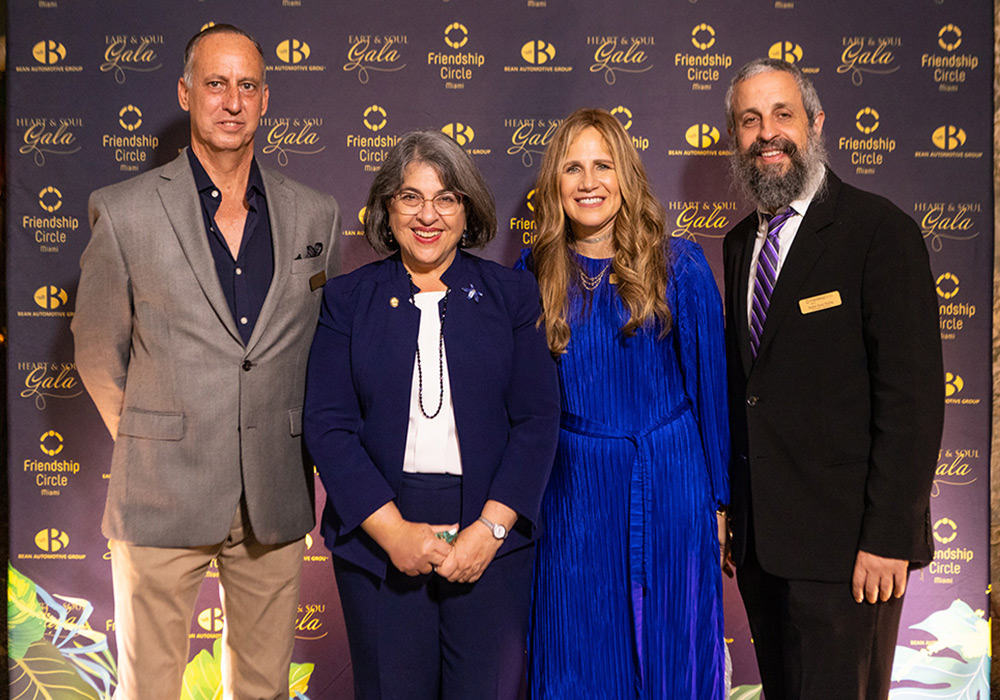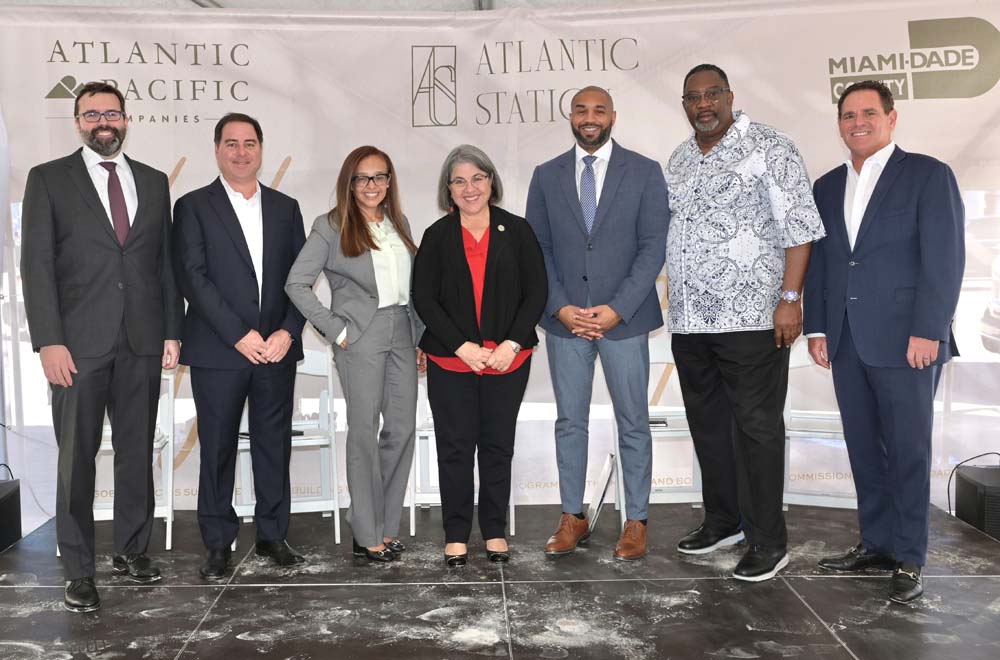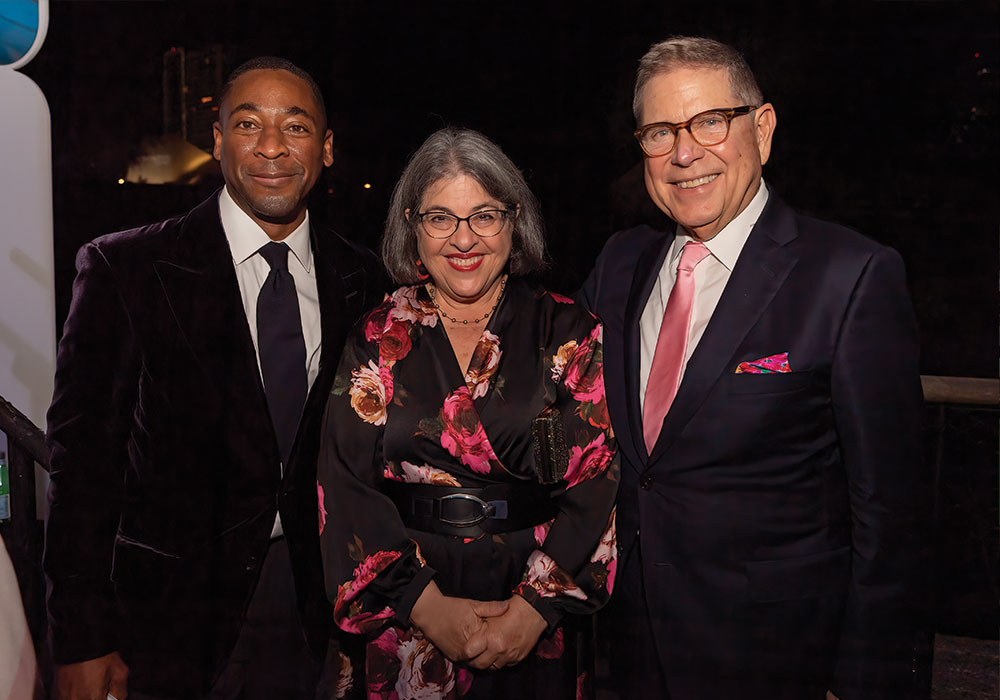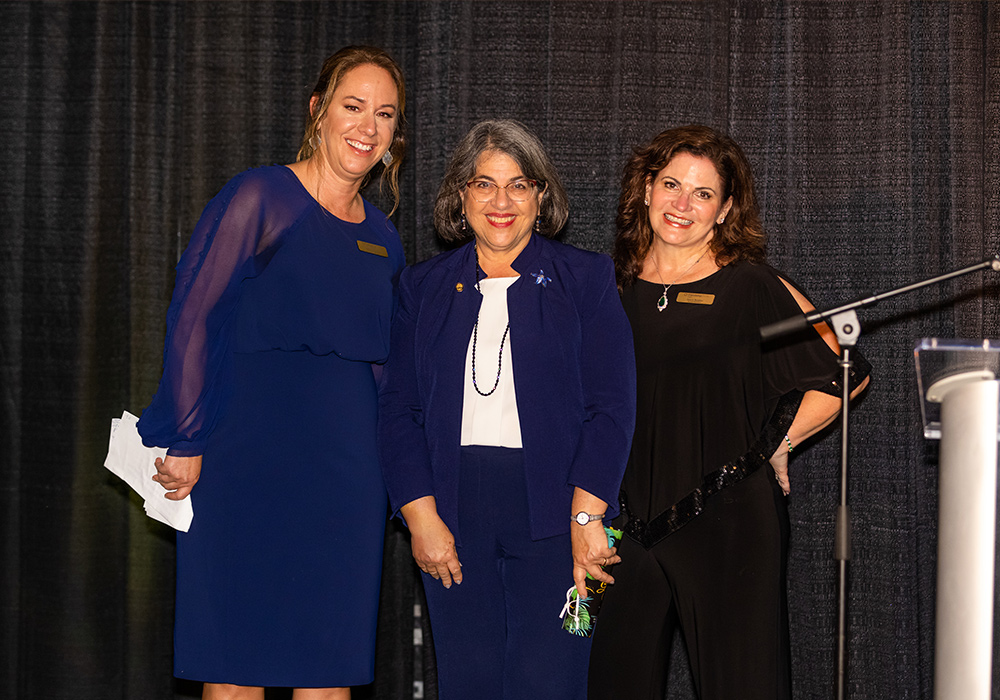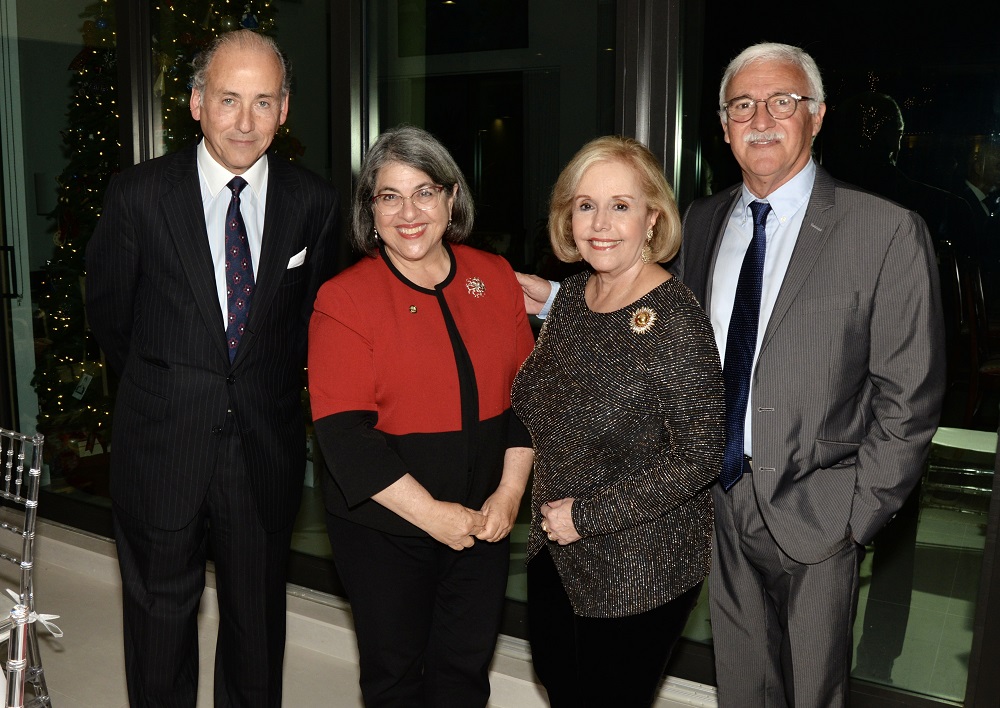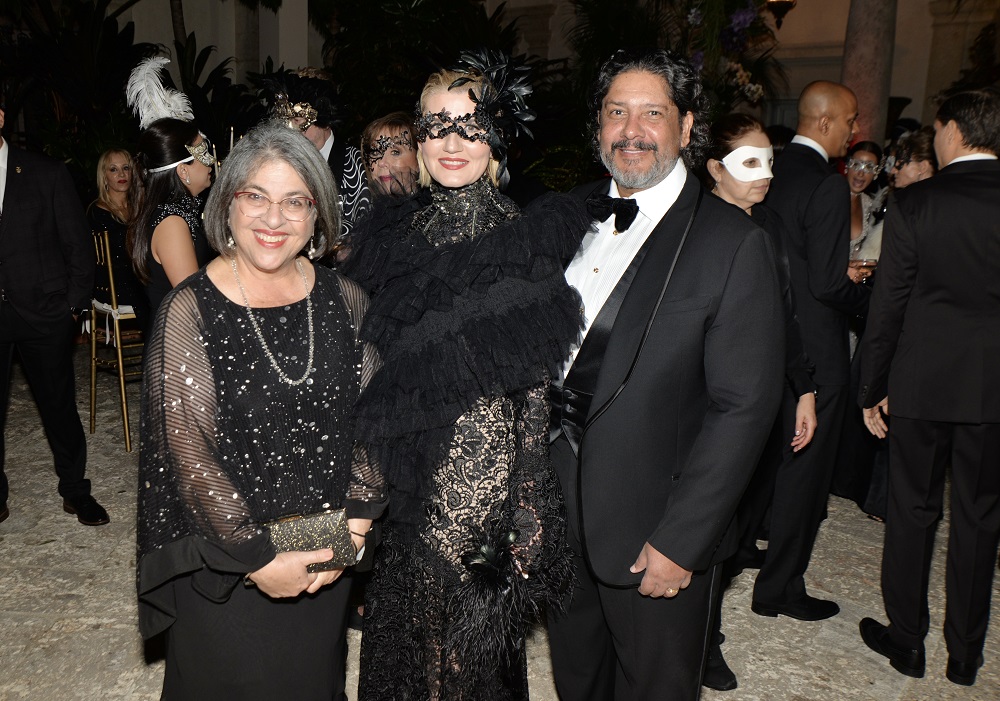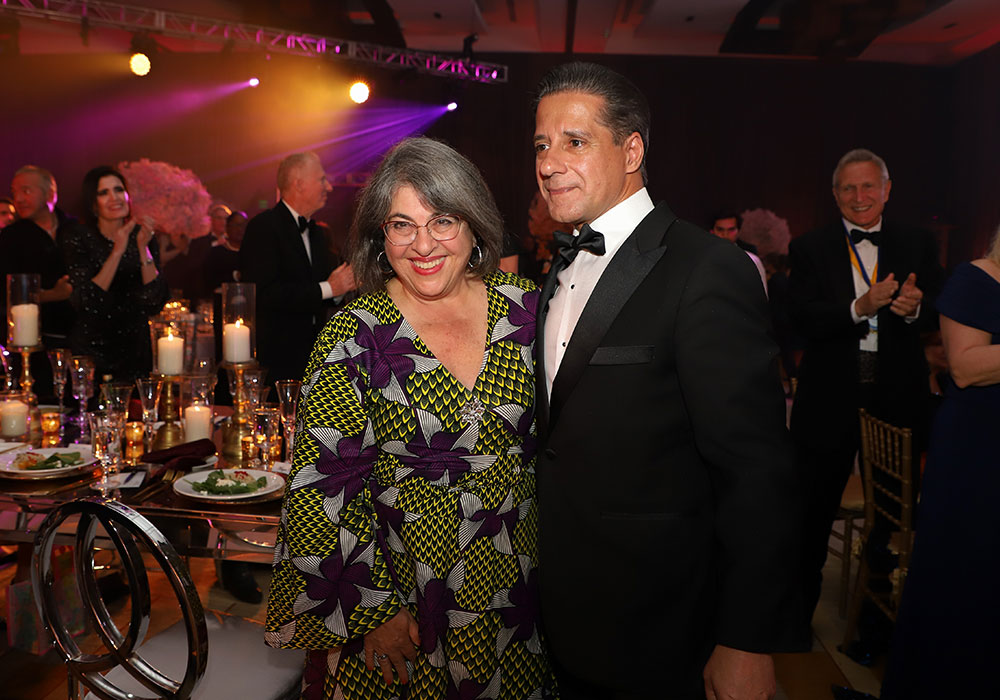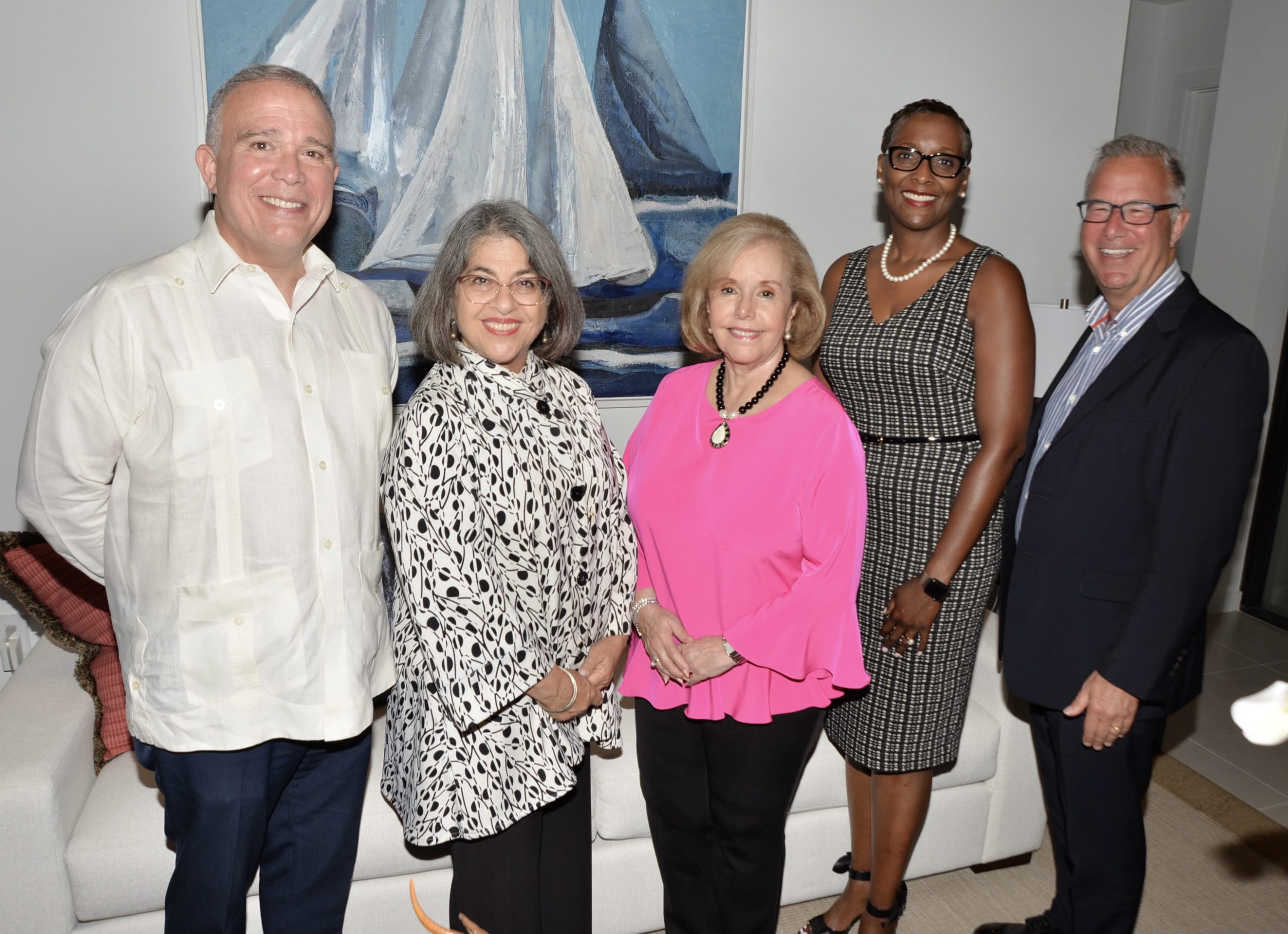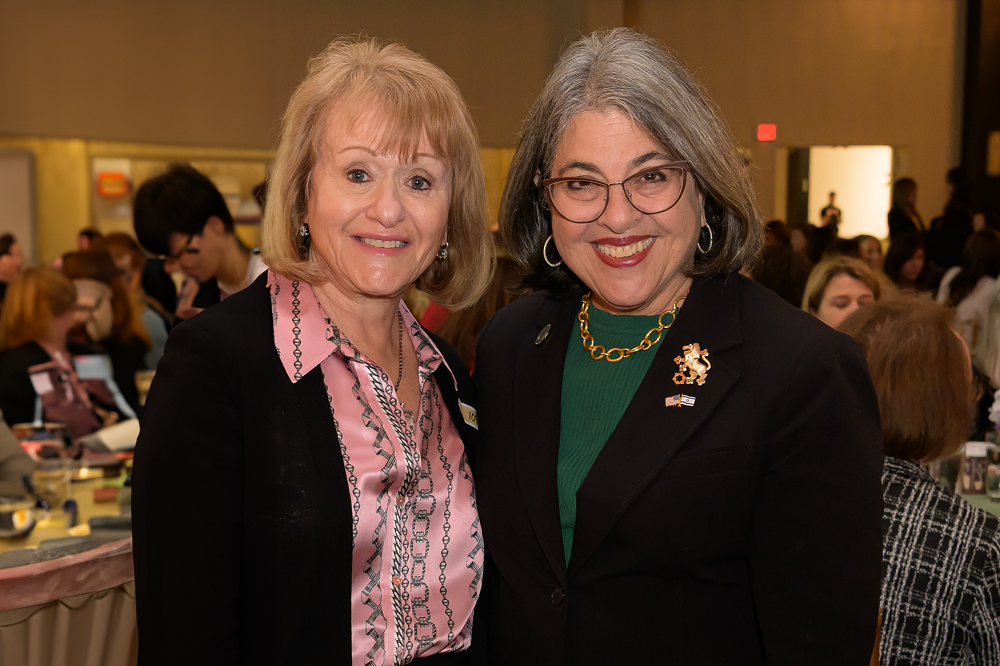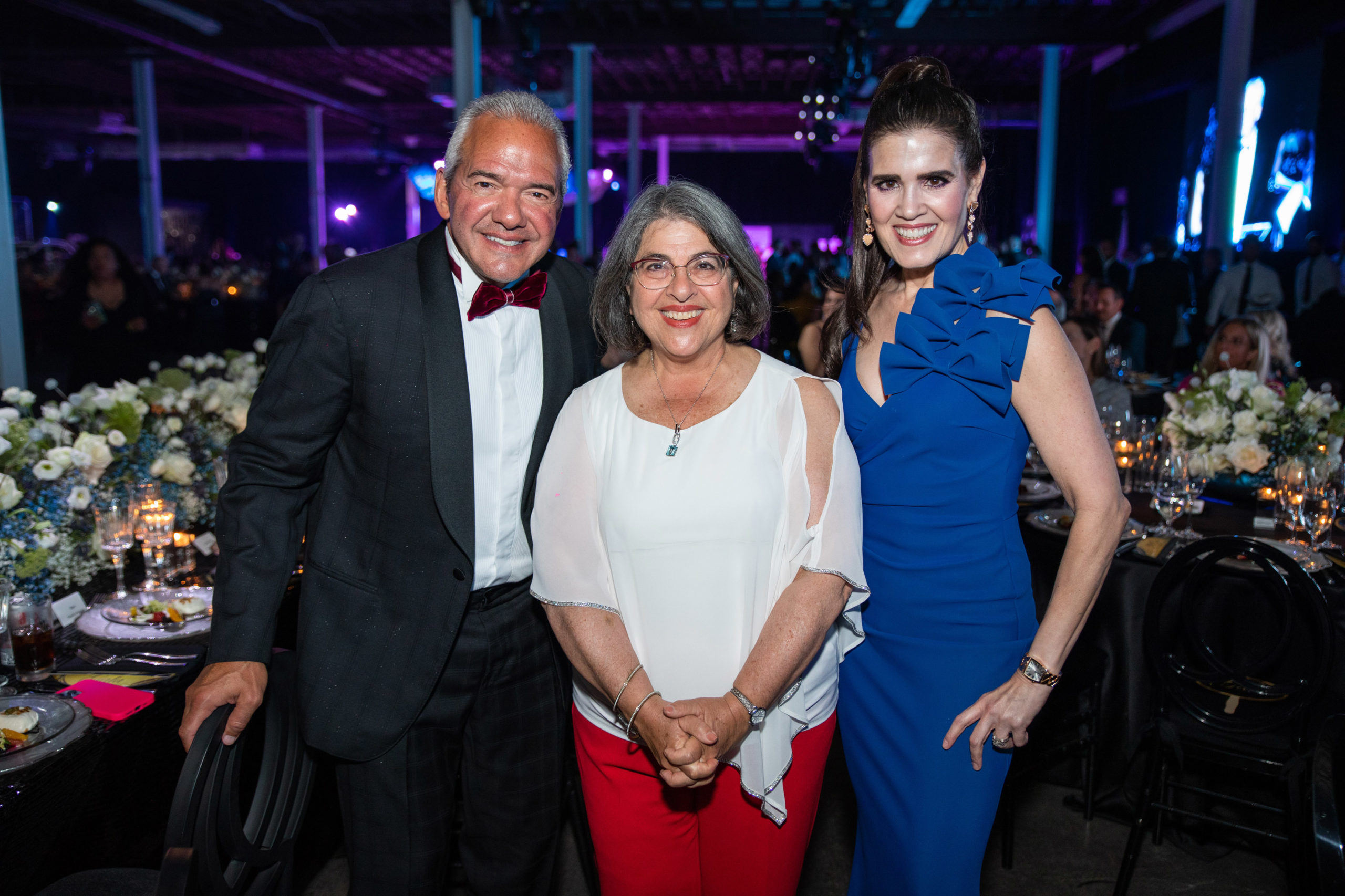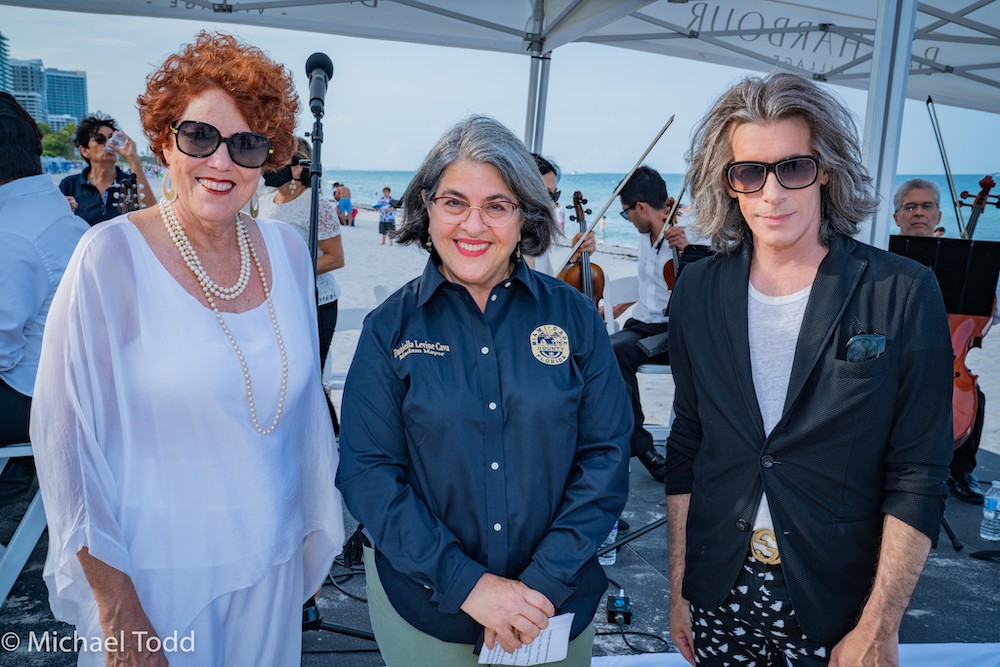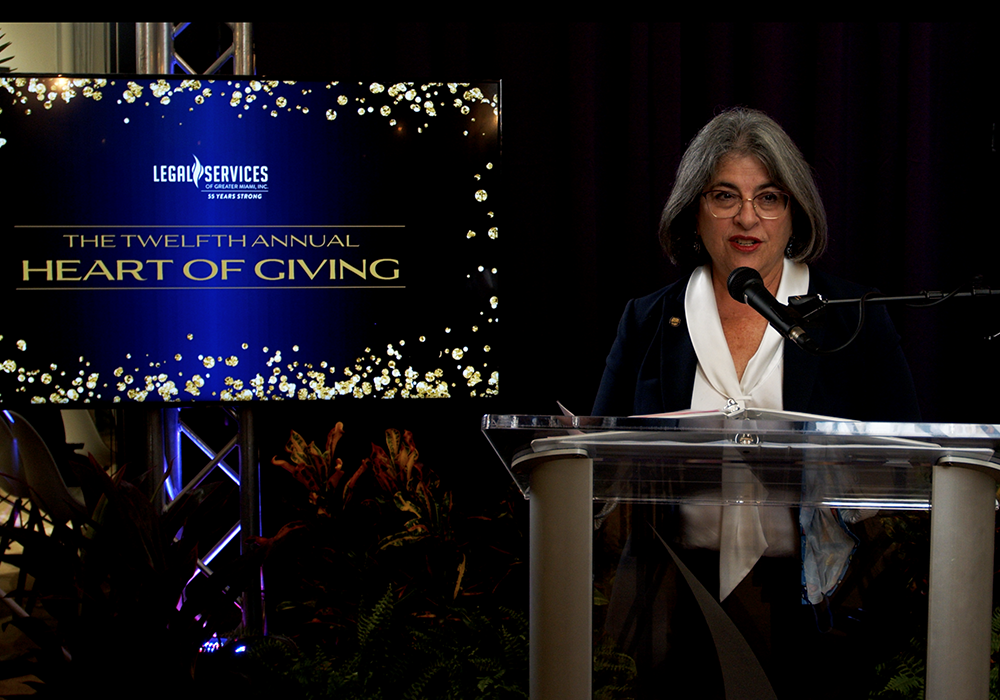A Conversation with Mayor Daniella Levine Cava
Miami's first female mayor nears the end of her first term with some concrete endorsements for another four years. PHOTOS BY AIXA HOLT
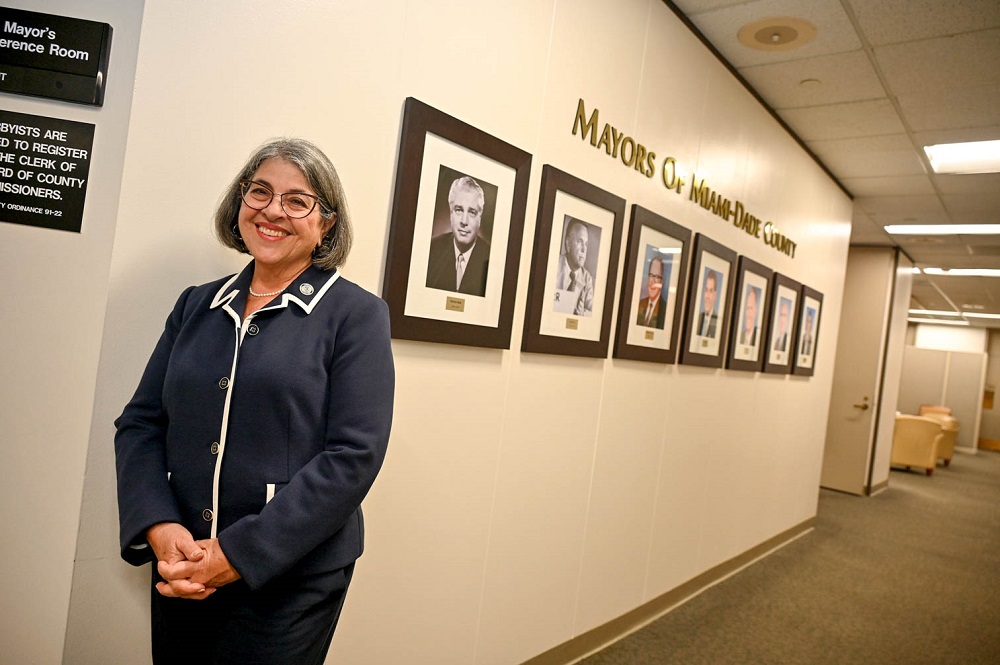
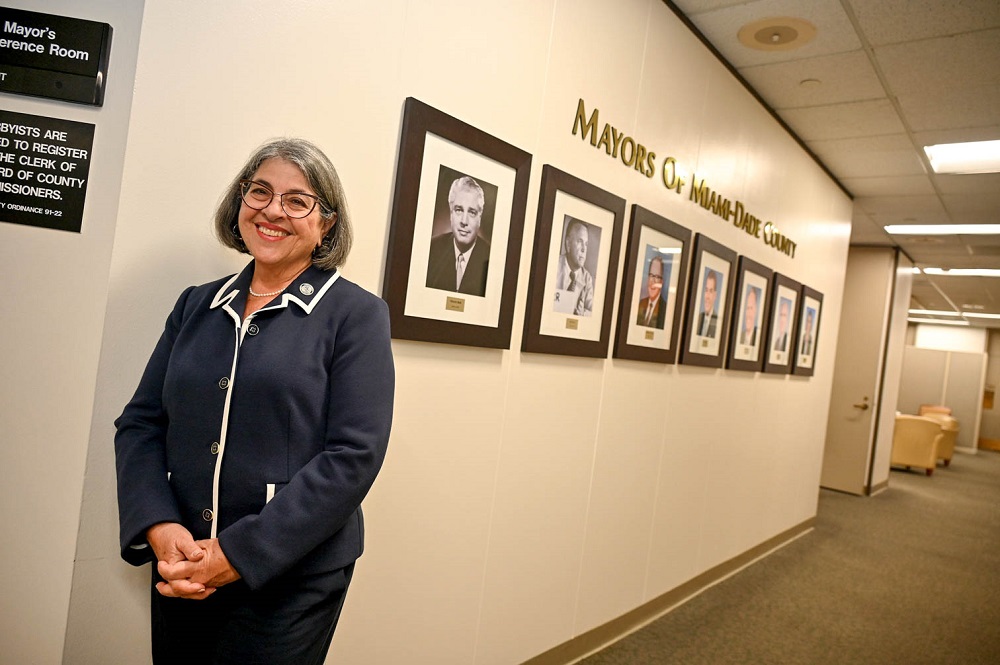
The countdown has started for Miami-Dade County’s Election Day and the largest unions — from teachers to law enforcement to firefighters — are endorsing Mayor Daniella Levine Cava’s second term. Since 2020, Levine Cava has been the mayor of Miami-Dade, a metropolitan government serving 3 million residents with an annual budget of over $12 billion. The county is home to the Port of Miami, the world’s largest passenger port and Miami International Airport, the third largest U.S. airport for international passengers and the largest U.S. airport for international cargo. As Miami continues to grow, Levine Cava maintains key priorities while keeping an eye on all corners of the county – working to expand public transportation to the Redlands while putting solar panels atop the jails.
Miami-Dade County is some 200 years old but thanks to government restructuring, there have only been eight mayors and Levine Cava is the first to be female. In marking Women’s History month, SocialMiami editor Brett Graff sat down with the Mayor — who could be considered uniquely qualified for the position with a bachelor’s degree in psychology from Yale University and graduate degrees in law and social work from Columbia University — to discuss how she shaped her first, historical term. Here is an edited transcription of their conversation.
You mention that responding to citizen concerns has been a priority, can you elaborate?
Our democracy depends on people trusting they’re represented. I came in to elected office to build trust, and I think we do build trust. One customer at a time.
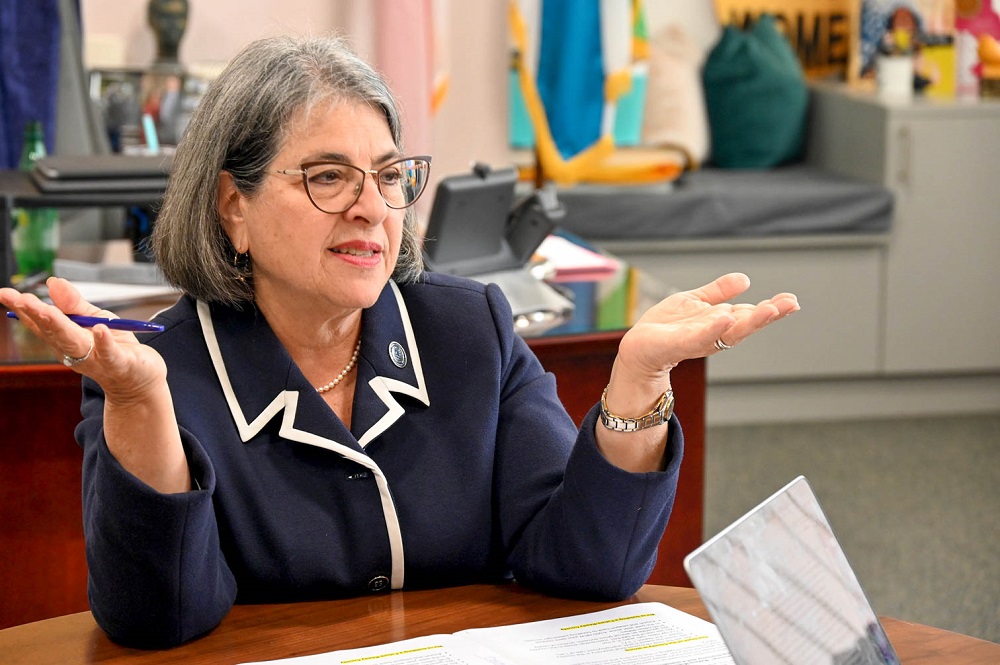
We created a Resident Services Office and there’s a No Wrong Door policy, meaning we help you figure out where to go. We’ve gotten a call saying, ‘We have an iguana stuck on my roof.’ I did a ribbon cutting at a senior affordable housing property and a lady hugged me, said she had cancer and couldn’t maintain the expenses of her house. I put in touch with our housing office, now she’s living in a what she calls ‘a Five Star Hotel.’ It’s a new building in South Dade the county subsidizes through the Alonzo Mourning project. He lived in foster care with an aging mom and is mindful of people as they age.
I get those stories all the time and they matter. We track how long it takes for an issue to be resolved. People need help. They elected me because I am a social worker people wanted someone to take care of their needs in office.
With a county so big, how do plan your priorities?
I organized my agenda the first year around the four Es – Economy, Environment, Equity and Engagement. It’s easy to remember and it’s everything we do.
How is our economy in Miami-Dade County?
We had to recover our economy and we had the most recovered economy in the country. I came in at the height of the pandemic – people were out of work, businesses were closing – and we had a dramatic turnaround. It was a combination of good fortune and deliberate policy and programming.
We were open, you could be outside, and people moved here. But I was aggressive about vaccines – we had the highest vaccination rate in the state, free vaccinations beyond the federal subsidy, and we had universal testing.
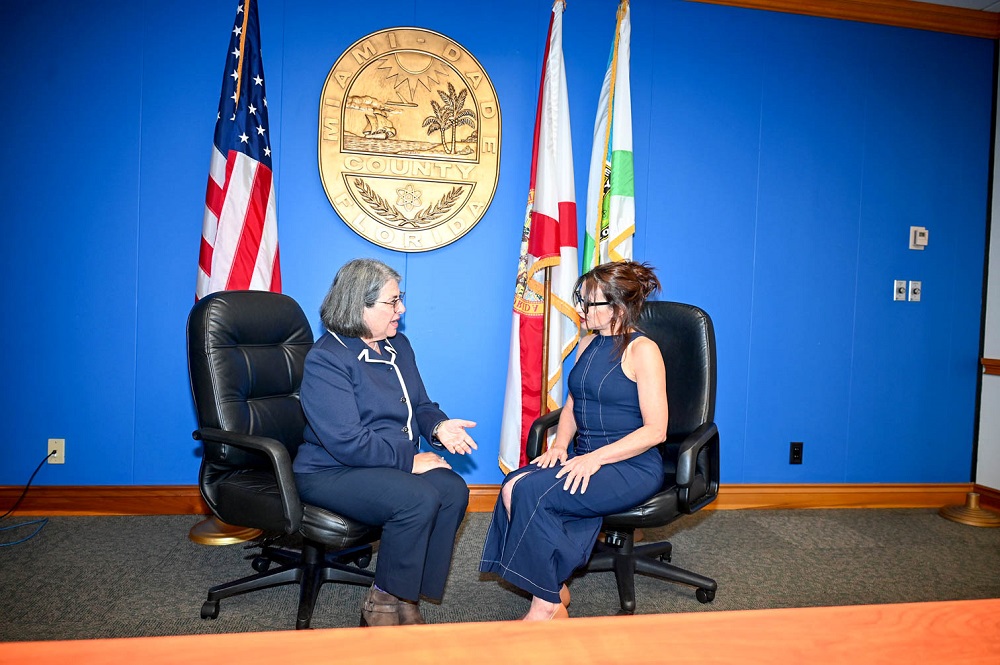
And we put federal money into business support and business retooling. We did a good job of supporting individual and small businesses with programs such as Strive 305, which offers real time support for small businesses, coaching, marketing and networking. I launched the first office of Innovation and Economic Development, previously we had been relying on the Beacon Council. I created a Future Ready Economic Development Plan with three pillars: innovation, small business and workforce. The county never had an office dealing with workforce issues, making sure people had access to new jobs and the economy. And we launched the Miami-Dade Innovation Authority, which is a non-profit.
Our unemployment rate is 1.6 percent and the national rate is 3.7 percent.
And our environment?
We like to say the environment is our economy. I’m the Water Warrior, that’s my title and at the appropriate times, it’s what I call myself. I became fascinated and concerned with our water. We have to keep our bay clean. We have 11,000 septic tanks considered at risk for overflow. We are addressing it by converting them, and we have the largest infrastructure program in the history of Florida, worth $1.1 billion overall. We have greatly cut back on the consumption of fresh water, we reuse water, putting it toward irrigation for cooling. And we’re reducing carbon footprint with the largest electric bus fleet in the eastern United States. And we have solar instillations on county buildings – at the airport, the jail and the library. We’re not allowed to produce it for other places, we’re not a utility.
You talk about equity, what does that mean to you?
Making sure that when we spend our money and deliver our programs, we’re fair and all communities benefit. Women, minorities, people with disabilities all have access to programming. We make sure we’re deliberate in our outreach by, for example, bringing the information to, say, Haitian media so information gets into the hands of people in those communities. We have purpose-driven procurement, and we consider how spending will benefit groups of people with lower employment rates. That’s true for contracts and recruitment, in fact we have a great graphics department and a sexy recruitment campaign. Work Here, Thrive Here.
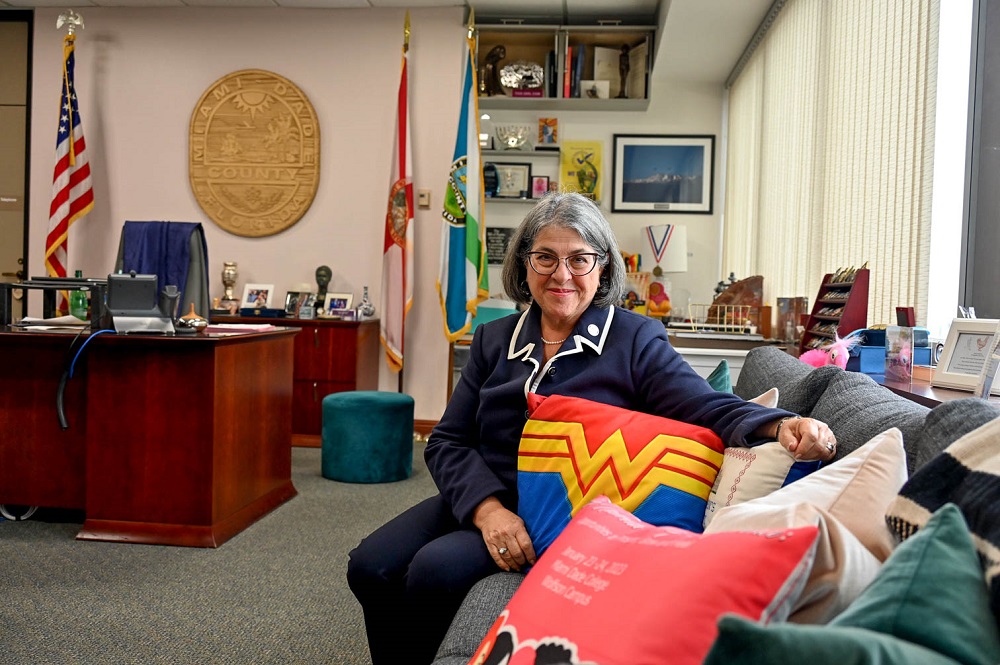
How have you increased engagement?
I believe the government is here to represent people, people need to inform the government of their concerns and priorities. Our largest engagement effort is called “Thrive 305.” We gathered input from 1 percent of population, conducting surveys, going door-to-door and getting people to participate in live events. This helped us create priorities driving our budget, such as affordable housing, small biz support, and parks. Now my biggest ever effort, to get a bond approved, a Future Ready $2.5 billion infrastructure with specific projects covering those points of interest. It a cost program rolled out over many years so it looks like it will not raise taxes. It will hopefully be on the ballot in November.
How about the growing county?
The only solution to traffic is better transit. We are investing in five major corridors. South Dade Transit Way to Florida City – the corridor is the fastest growing area of the county. We’re putting us Bus Rapid Transit, meaning there’s a dedicated bus lane. We revised the bus routes for the first time in 40 years and added more frequency, every ten minutes instead of every 30 minutes. We have invested $7 billion in airport infrastructure, improving elevators, bathrooms, escalators, boarding bridges. And we launched last week “I AM MIA” lightening team, walking around looking for things to repair.
Mayor Daniella Levine Cava at Charity Events in Miami-Dade County

Brett Graff is SocialMiami.com’s managing editor and has been a journalist covering money, people and power for over 20 years. Graff contributes to national media outlets including Reuters, Glamour, Harper’s Bazaar, Maxim, and the PBS show, Nightly Business Report. A former U.S. government economist, her nationally syndicated column The Home Economist is first published in The Miami Herald and then on the Tribune Content Agency, where it’s available to over 400 publications nationwide. She is broadcast weekly on two iHeartRadio news shows and is the author of “Not Buying It: Stop Overspending & Start Raising Happier, Healthier, More Successful Kids,” a parenting guide for people who might be tempted to buy their children the very obstacles they’re trying to avoid.


